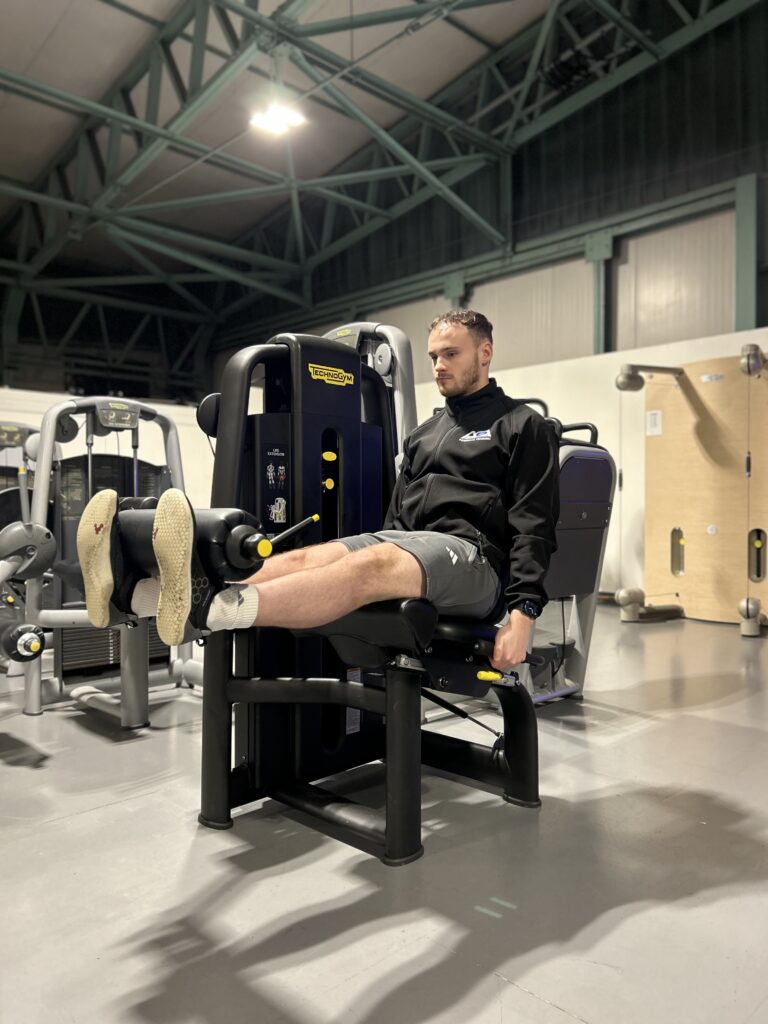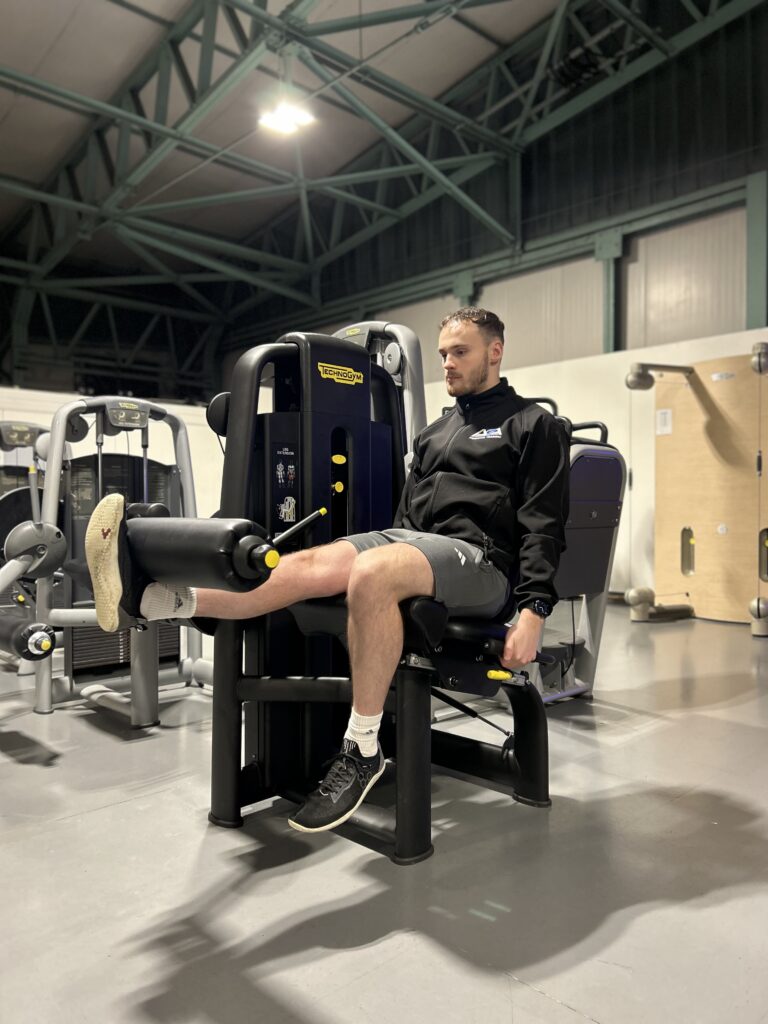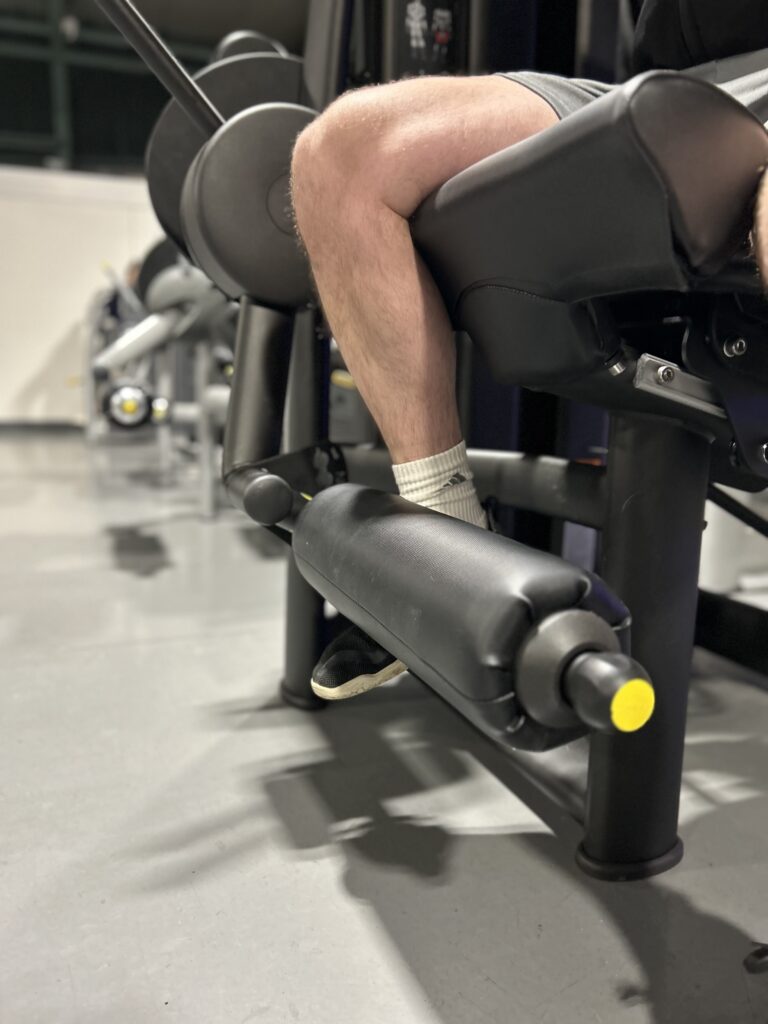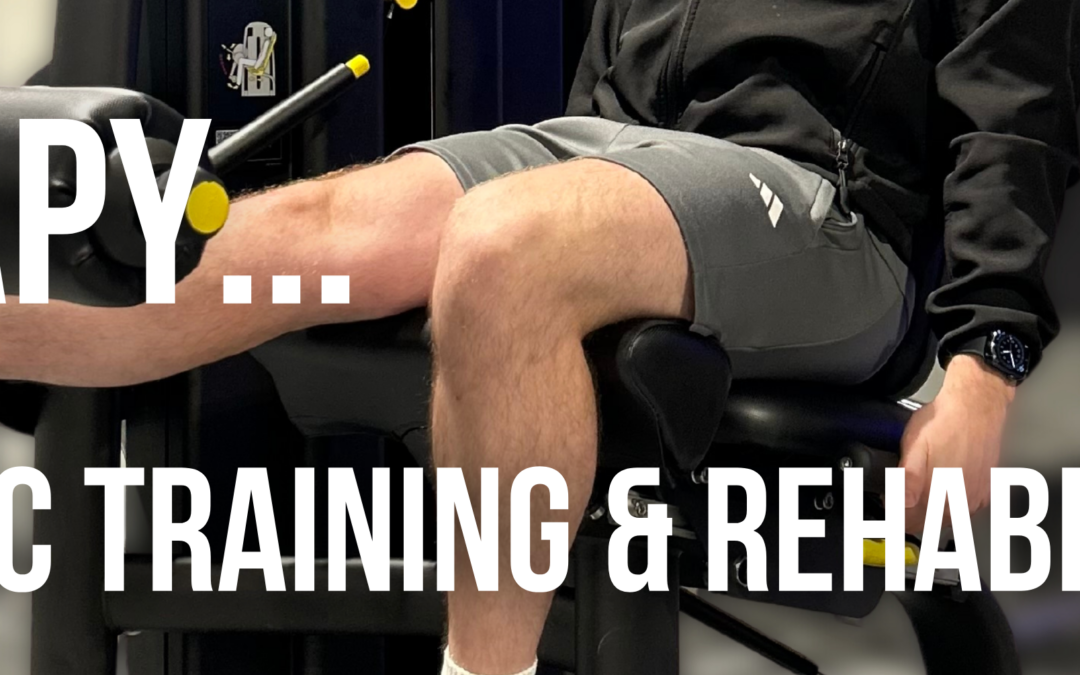Isometric training involves static muscle contractions without joint movement. Isometrics have become widely used in both elite sports and general populations because they offer a safe and controlled way to strengthen muscles and tendons, improve neuromuscular function and enhance joint stability. As such, many rehabilitation programs have used them. Whether recovering from an injury or managing a long-term chronic condition, isometrics can be an effective tool in your program.
Why use isometrics in rehab?
Isometrics are unique because they allow for controlled application of force without any joint movement. This makes them especially useful for individuals with pain and limited mobility. Common isometrics that your trainer may have previously prescribed you to do are planks and wall sits. By adjusting the range of motion and load, isometrics can target specific needs, including:
- Pain reduction: Isometrics can reduce acute pain by activating neural pathways that inhibit pain signals. This is known as having an “acute analgesic effect.”
- Tendon strengthening: They promote tendon remodelling, increasing strength and resilience when used with high loads (>70% maximum effort). This can be great for when you want to target key areas that undergo high demand in sport and fitness i.e. the knee and ankles.
- Muscle activation: They are ideal for rebuilding strength in specific ranges of motion, focusing on weak points in a joint’s movement, without the common aggravation or inflammation as when doing dynamic isotonic (opposite of isometric) movements.
Conditions that benefit from isometric training
Isometrics are beneficial for various conditions, including:
- Tendinopathies: Especially effective for Achilles, patellar, and rotator cuff tendinopathies.
- Knee Osteoarthritis: Builds strength around the knee joint without the person having to move the painful knee joint.
- Post-Surgical Recovery: Gradual loading without movement minimises strain on healing tissues. They are also easy to progressively overload.
- Lower Back Pain: Improves core stability to support the spine.
An example of how to perform isometrics
For patellar tendinopathy you can use the leg extension machine in two ways:
180 degrees:
- Using the leg extension machine.
- Select a weight that you can lift with two legs, but just about hold with one leg.
- Lift the weight up with both legs (quads), remove one leg so that just the other leg is taking the load.
- Hold that leg in a fully locked out (180 degree) position, not moving, but driving the force into the pad for around 30 seconds.
- Swap and perform with the other leg.
- Rest for at least 1.5 minutes and repeat two more times.


Deep flexion:
- If you get a lot of knee pain, it may be best to start with the machine not in deep flexion but slightly more extended.
- Select a weight that you will not be able to move with one leg.
- Fully lock the machine into the deep flexed position shown below.
- Drive the single leg into the pad (the machine shouldn’t move) for about 15 seconds.
- Stop and repeat for other leg.
- Rest for around a minute and repeat two to three more times.

Considerations for isometrics
Progressive loading adapts the muscle-tendon unit to handle increasing demands. By starting with lower intensity and gradually increasing resistance and/or duration, isometrics encourage structural and functional improvements while reducing risk of re-injury. A great way to incorporate isometrics into your routine is by using them as your last section of your warm-up. This way you can train isometrics when you are most fresh, get the analgesic effect to make you feel good for your main lifts, and you don’t have to dedicate specific time towards them in the middle of your main session. Finally, if you have pain/instability/weakness at a specific range of motion during a lift, a great approach would be to perform isometrics at this specific range of motion, progressively overloading the isometric until pain/instability/weakness goes away.
Isometric training bridges the gap between rest and dynamic exercise in rehabilitation. By building strength, reducing pain, and improving tendon health, it provides a foundation for recovery and resilience. When implemented with proper guidance and progressive overload, isometrics can be a great addition to any rehab/prehab program.

